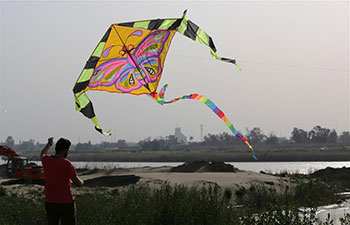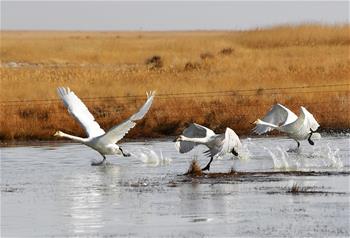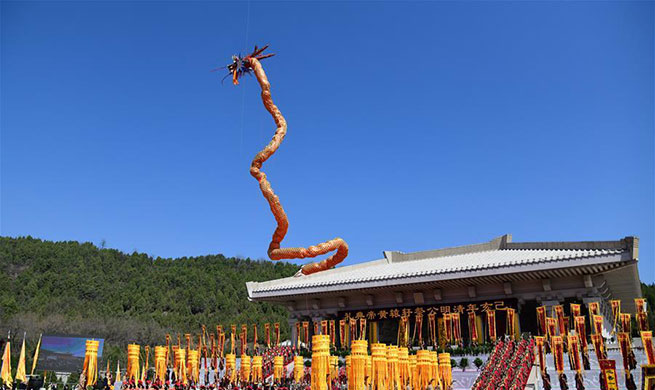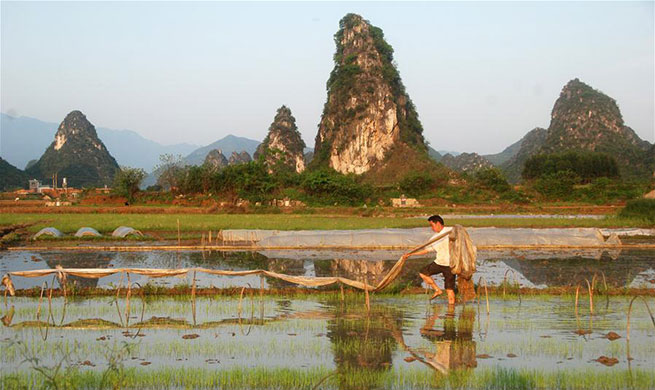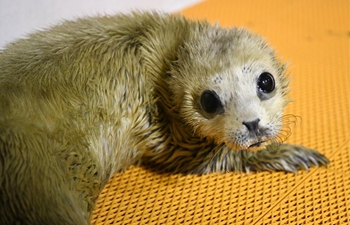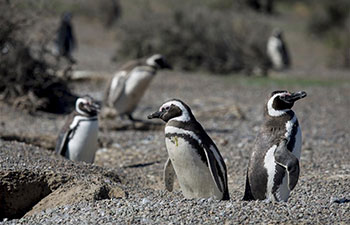SYDNEY, April 6 (Xinhua) -- Australian researchers said they have identified four new trapdoor spider species, by using an unprecedented method that analyzes the appearance of the arachnids' burrow entrances.
"To identify a trapdoor spider species, you usually have to dig the spider up and look at it carefully under a microscope, which can involve killing the spider, but what's amazing about these new species is that all four can be identified based on the appearance of their burrow, so you don't have to dig up or disturb the spiders at all," Griffith University researcher Jeremy Wilson said in a statement from Queensland Museum late Friday.
Identifying the spider species solely from the appearance of their burrow entrances "has never been done before in a group of closely related trapdoor spider species," the museum said.
The spider species were discovered in southeastern Queensland state between the Sunshine Coast areas of Montville and Maleny, north to the Gympie region, according to the museum. The spiders, known for their unique trapdoor burrows for snaring prey, belong to the "turrificus-group", so named because they build burrows which project from the soil like little towers and the name "turrificus" is formed from the Latin term "Turris" meaning "turret or tower".
Many other trapdoor spider burrows are very well camouflaged, but the latest ones discovered "stick out 'like a sore thumb,' with some species constructing burrows with ornate doors involving strange patterns and shapes", Wilson said.
"There must be an evolutionary reason why these spiders construct these peculiar burrows; we don't know what that is yet, but naming each species is the first step to learning about their mysterious lives," he said.
All four of the new species appear to have very small ranges, with each species known from only one small rainforest patch, or a few adjacent patches, among land otherwise cleared for agriculture or development, according to the museum. Wilson's description of the spiders was reported in scientific publication Invertebrate Systematics, with Queensland Museum arachnologists Robert Raven and Michael Rix as co-authors.
"It's amazing that strange new species like these occur within one of Australia's most developed regions, and it just goes to show the conservation importance of even small patches of remnant forest," Wilson said.
